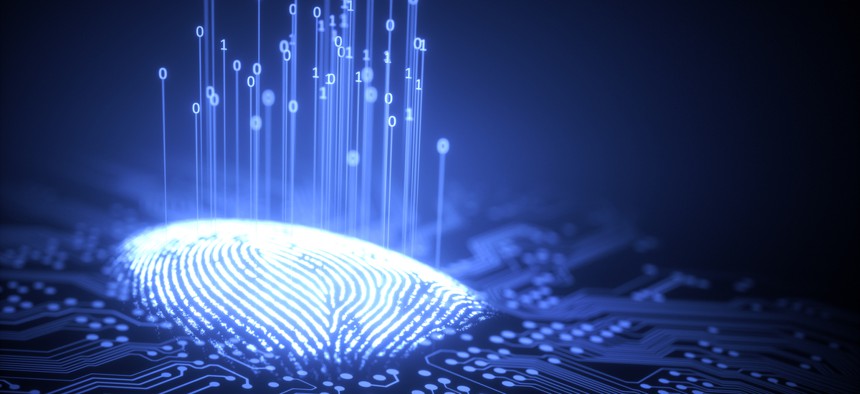Government Seeks Biometric Tech That Doesn’t Need People To Scan Fingerprints

ktsdesign/Shutterstock.com
New technology suggests automated machines might be the ones scanning your fingerprints from surfaces in the near future.
In the future, human cops will still be the ones arresting you, searching you and booking you, but machines might be taking your fingerprints.
The Intelligence Community’s long-range research group is looking to develop biometric technology that can automatically collect fingerprints from hands and surfaces without the need for a human operator.
On Monday, the Intelligence Advanced Research Projects Activity announced the winners of the Nail-to-Nail Fingerprint Challenge, a research competition aimed at building a tool that can equal or outperform trained professionals at gathering prints.
IARPA paid out $150,000 to top finishers in three categories: accuracy, speed and “latent capture”—the accuracy of prints gathered from the surface of an object. The competition, which kicked off February 2017, required each team to demonstrate its tool on latent fingerprints and live participants.
Capturing nail-to-nail fingerprints—which stretch from one side of your fingernail to the other—typically requires trained specialists who roll your finger across a surface. The competition’s main objective was to remove the human from the process without sacrificing accuracy.
“The challenge sought to tackle a very difficult technical problem, and challengers’ solutions have played a significant role in advancing scientific research in the biometrics field,” Christopher Boehnen, IARPA program manager, said in a statement.
The teams also agreed to let IARPA and the National Institute of Standards and Technology use the more than 48,000 fingerprints collected through the competition for biometric research. The first-of-its-kind dataset will be made public this summer or fall, according to IARPA.
“IARPA hopes that by making the dataset open source and available to the public, it will contribute significantly to the research conducted in the biometrics community,” Boehnen said.






